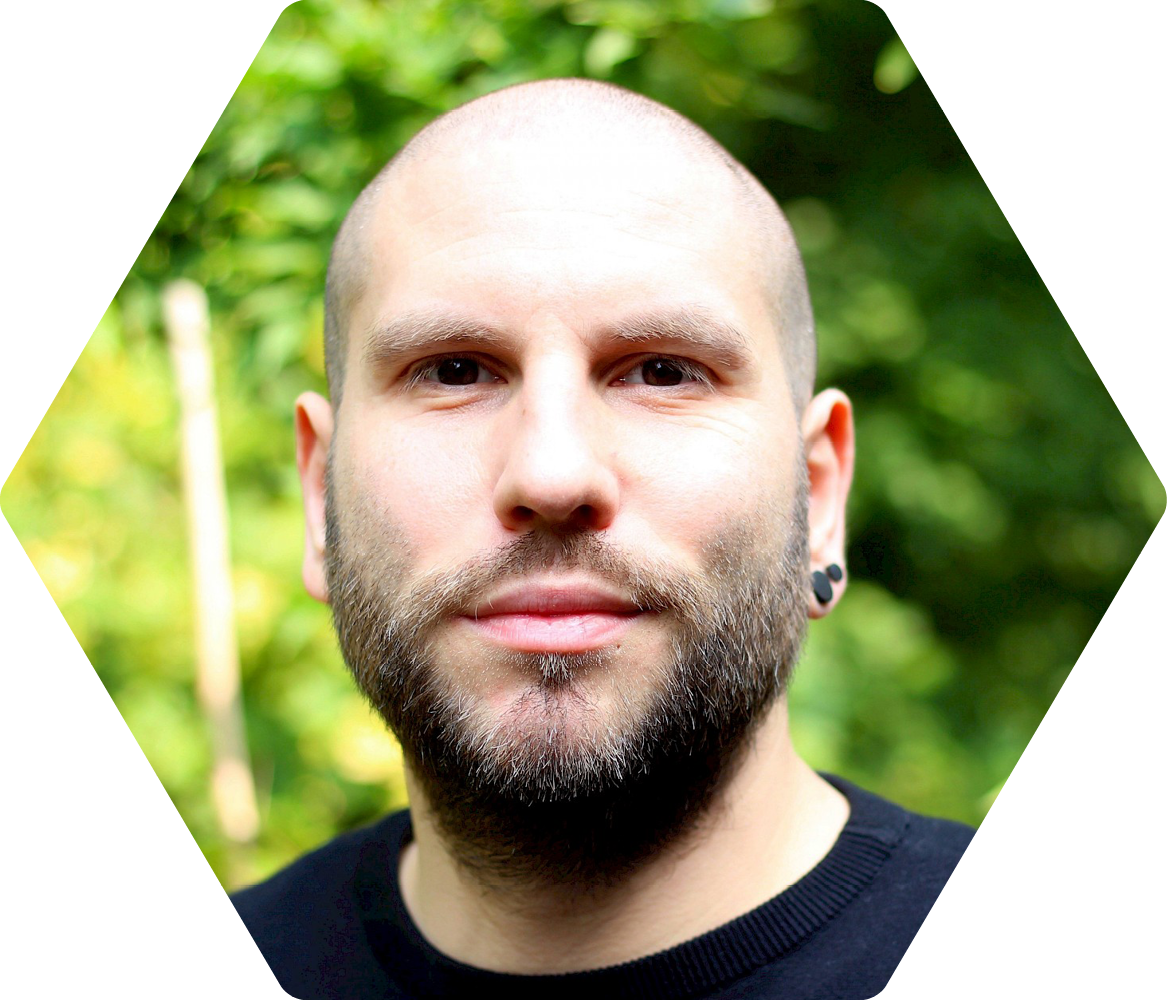The Usability Engineering Department is responsible for ensuring that our systems can be operated effectively and efficiently by end users. In particular, the requirements of task appropriateness, self-descriptiveness, conformity to expectations, learning facilitation, and error tolerance can only be met by involving the end users. In order to optimize this involvement, on-site visits are the best way to see that our software can withstand everyday requirements or if one or the other feature can still be optimized. In short: What we see is what you get!
But what role does usability engineering play in product development and why do we rate the relevance of job shadowing for this process so highly? A closer look at the process answers this question:
Product Design
Experts provide user interface details for in|sure products in the respective products. These individuals are subject matter experts who often already have a background in insurance and are familiar with the requirements for technical features. To ensure that these features also meet the requirements of a state-of-the-art user interface, all in|sure Ecosphere solutions are managed by usability experts who act as godparents for their systems. Products cannot be made "fit for use" after the fact. For this reason, our experts are already involved in the development of business transactions and processes. This ensures that they operate as smoothly as possible. By being involved early on, they are instrumental in helping to shape the specialized systems. However, they not only focus on the individual product, but on the entire in|sure Ecosphere. After all, to the extent that it is possible, our products should feel and operate the same way for all end users: in other words, an Ecosphere created from a single mold. To ensure that our systems are developed in a way that is appropriate for both the task and the user, we regularly visit the latter.
The role of job shadowing
We refer to these on-site visits with our customers as "job shadowing." To be precise, these are participant observations or so-called "workplace studies," as the observation of end users while they perform their everyday tasks is central to job shadowing. And this daily work routine consists of more than what happens on the screen. It is only through job shadowing that we are able to observe which other factors are relevant throughout the business day. What additional work tools are used (e.g. pen and paper, calculator), and for what purpose? What are the disruptive factors (e.g. frequent phone calls), and how do they affect the efficiency of case processing? Through observation and conversation, processes, problems and pain points can be better understood and jointly optimized and solved. We distinguish between two types of job shadowing: exploratory and evaluative job shadowing.
Exploratory job shadowing
Exploratory job shadowing occurs before or during the introduction of our products and adheres to the motto "getting to know the customer." Every insurance company is different and the specific challenges for each company's departments also vary. Early-stage job shadowing that accompanies users as they interact with their legacy systems helps the organization identify processes and current trouble spots so that it can address them during the product rollout. The early support by our experts enables us to elicit requirements through more than just structured workshops, and integrates the future users of our products at an early stage. This factor should not be neglected either, as the introduction of new software often leads to uncertainty among users. This is why early monitoring of the introduction processes is always also part of "change management."
Evaluative job shadowing
After our products are introduced, it is important for us to evaluate whether our user interfaces and the related business processes meet the users' actual requirements. The continuous optimization of our user interfaces requires that we understand how users work with our systems. For this purpose as well, we regularly visit our existing customers in order to evaluate our software in everyday use and to obtain feedback from the field. Job shadowing leads to minor improvements as well as completely new technical features. Similar to the exploratory job shadowings, the integration of end users into the software development process has positive side effects, as users feel that they are understood and being taken seriously.
To involve means to integrate
Our close involvement through job shadowing and interviews not only enables us to continuously improve our software - it is also part of how we understand a software development partnership based on equal footing. In the case of large software systems, end users in particular have little opportunity to provide direct feedback to the software manufacturer. This feedback is essential for the ongoing development of software, especially for advancing usability and the user experience. However, end user satisfaction is not only generated by software systems that offer excellent usability and user experiences - opportunities to participate matter as well.
In conclusion
Job shadowing is an important tool in usability engineering for eliciting requirements and evaluating our systems. But it is much more than that, as it offers unique insights into how clientele function as organizations. Job shadowing is therefore consistent with our approach to software development, which is fundamentally based on understanding insurers.
Would you like to learn more about our software? Then get in touch with Karsten Schmitt, head of business development at adesso insurance solutions.


Do you have any questions or comments? Then please leave us a comment.